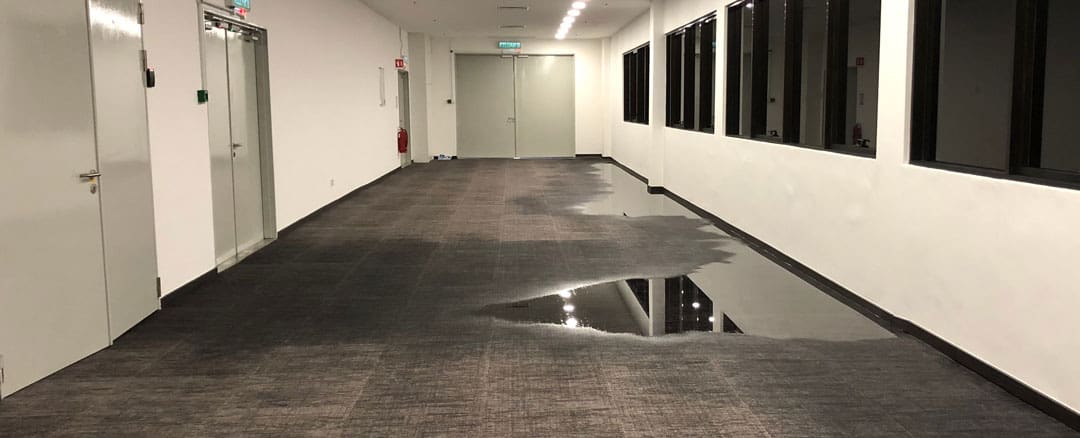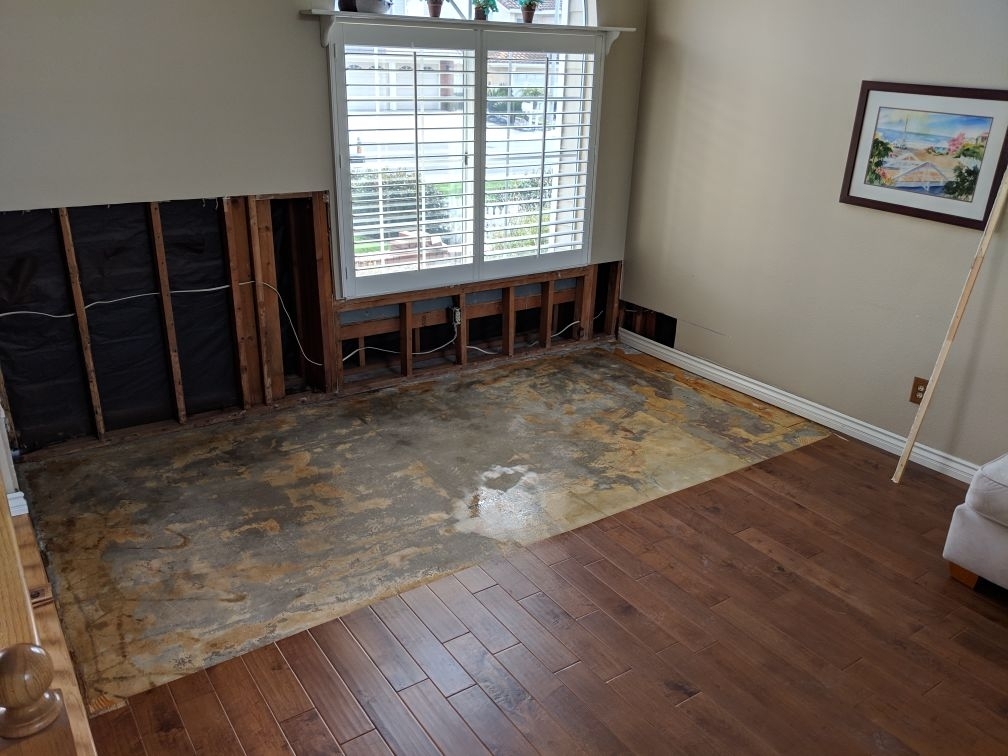6 Water Damage Restoration Do's and Don'ts.
6 Water Damage Restoration Do's and Don'ts.
Blog Article
Are you currently searching for facts concerning Fire And Water Damage Prevention?

Water provides life, however water breach on some parts where it's not expected to be can result in damage as well as inconvenience. If the water leaks into your structure, it can peel off away the surface and deteriorate the material's foundation. Mold and mildew and mold also grow in a wet environment, which can be unsafe for your and your family members's health. On top of that, homes with water damages scent old and mildewy.
Water can come from lots of resources like tropical storms, floodings, ruptured pipelines, leaks, as well as drain issues. If you have water damage, it's better to have a functioning expertise of safety and security preventative measures. Right here are a few guidelines on how to deal with water damage.
Do Prioritize Home Insurance Insurance Coverage
Seasonal water damages can come from floods, seasonal rainfalls, and wind. There is additionally an incident of an abrupt flood, whether it originated from a malfunctioning pipeline that unexpectedly breaks into your house. To safeguard your home, obtain residence insurance that covers both disasters such as all-natural calamities, as well as emergency situations like broken plumbing.
Don't Fail To Remember to Switch Off Energies
When disaster strikes and you're in a flood-prone area, shut off the primary electric circuit. Shutting off the power stops
electric shocks when water comes in as water functions as a conductor. Do not neglect to switch off the primary water line valve as a means to avoid more damages.
Maintain your furniture stable as they can move about and create extra damage if the floodwaters are obtaining high.
Do Stay Proactive and also Heed Weather Condition Notifies
If you live in a location plagued by floodings, remain ready and also aggressive at all times. Pay attention to the information and also evacuation warnings if you live near a body of water like a lake, creek, or river .
Don't Disregard the Roofing System
Your roofing contractor needs to take treatment of the damaged rain gutters or any various other indications of damage or weakening. An examination will avoid water from moving down your walls and also soaking your ceiling.
Do Pay Attention to Tiny Leaks
A burst pipeline doesn't take place in a vacuum or over night. There are red flags that can attract your interest and suggest to you some damaged pipes in your house. Indications of warnings in your pipes include gurgling paint, peeling off wallpaper, water streaks, water spots, or dripping audios behind the walls. There are indications that the pipe will certainly rupture. If you see these indications, don't wait for an escalation. Repair and inspect your plumbing repaired before it results in huge damage to your house, finances, and an individual problem.
Do Not Panic in Case of a Burst Pipe
Timing is vital when it comes to water damage. If a pipeline ruptureds in your home, promptly shut off your primary water shutoff to reduce off the source and prevent more damages. Call a trustworthy water damage remediation expert for aid.
Water offers life, but water intrusion on some parts where it's not expected to be can result in damage as well as inconvenience. In addition, homes with water damages scent old and musty.
Seasonal water damage can come from floods, seasonal rains, and wind. Signs of red flags in your pipes consist of gurgling paint, peeling wallpaper, water touches, water discolorations, or trickling noises behind the wall surfaces. If a pipeline bursts in your house, immediately shut off your main water valve to cut off the resource and avoid more damages.
Some Do's & Don't When Dealing with a Water Damage
DO:
Make sure the water source has been eliminated. Contact a plumber if needed. Turn off circuit breakers supplying electricity to wet areas and unplug any electronics that are on wet carpet or surfaces Remove small furniture items Remove as much excess water as possible by mopping or blotting; Use WHITE towels to blot wet carpeting Wipe water from wooden furniture after removing anything on it Remove and prop up wet upholstery cushions for even drying (check for any bleeding) Pin up curtains or furniture skirts if needed Place aluminum foil, saucers or wood blocks between furniture legs and wet carpet Turn on air conditioning for maximum drying in winter and open windows in the summer Open any drawers and cabinets affected for complete drying but do not force them open Remove any valuable art objects or paintings to a safe, dry place Open any suitcases or luggage that may have been affected to dry, preferably in sunlight Hang any fur or leather goods to dry at room temperature Punch small holes in sagging ceilings to relieve trapped water (don't forget to place pans beneath!); however, if the ceiling is sagging extremely low, stay out of the room and we'll take care of it DO NOT:
Leave wet fabrics in place; dry them as soon as possible Leave books, magazines or any other colored items on wet carpets or floor Use your household vacuum to remove water Use TV's or other electronics/appliances while standing on wet carpets or floors; especially not on wet concrete floors Turn on ceiling fixtures if the ceiling is wet Turn your heat up, unless instructed otherwise

As a devoted reader about What You Can Do At Home To Prevent Fire And Water Damage, I think sharing that piece was valuable. Kindly take the opportunity to share this article if you appreciated it. Thanks for your time invested reading it.
Report this page